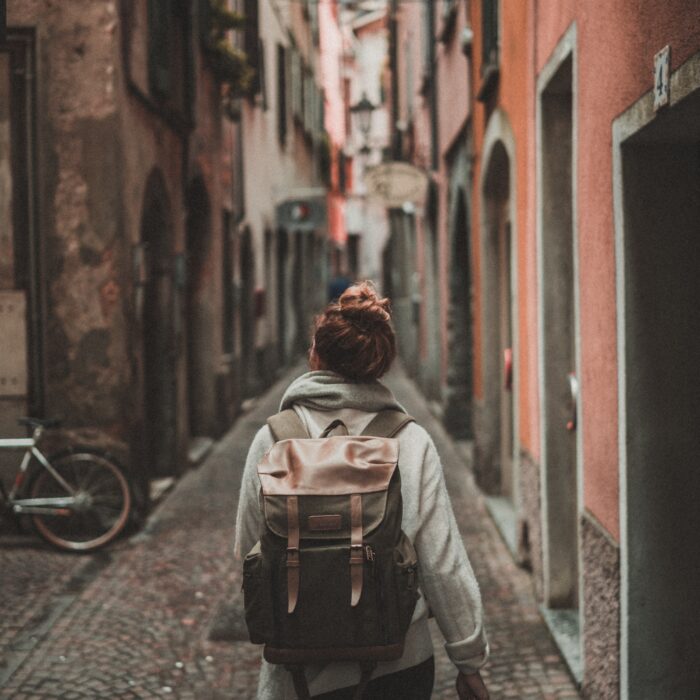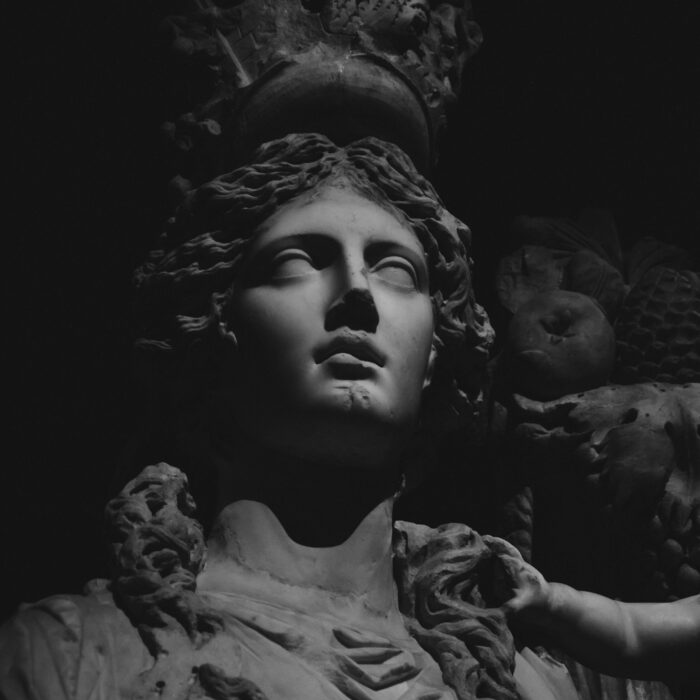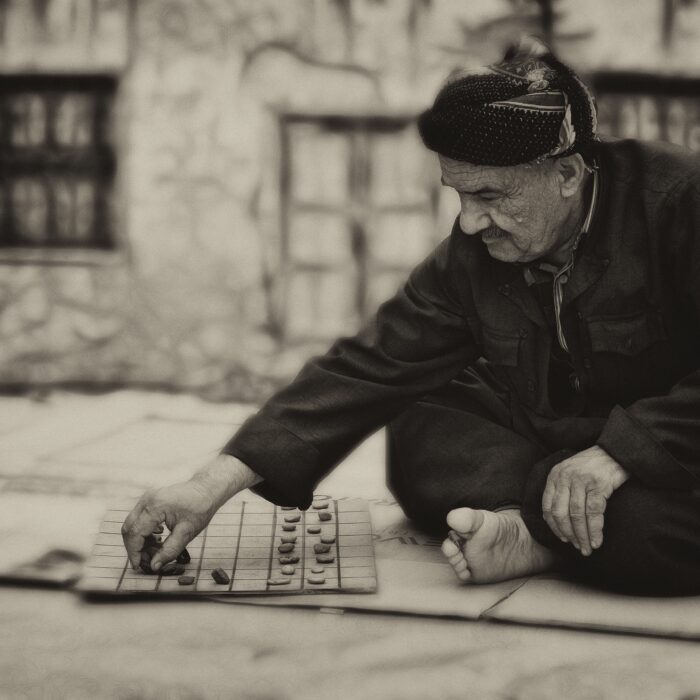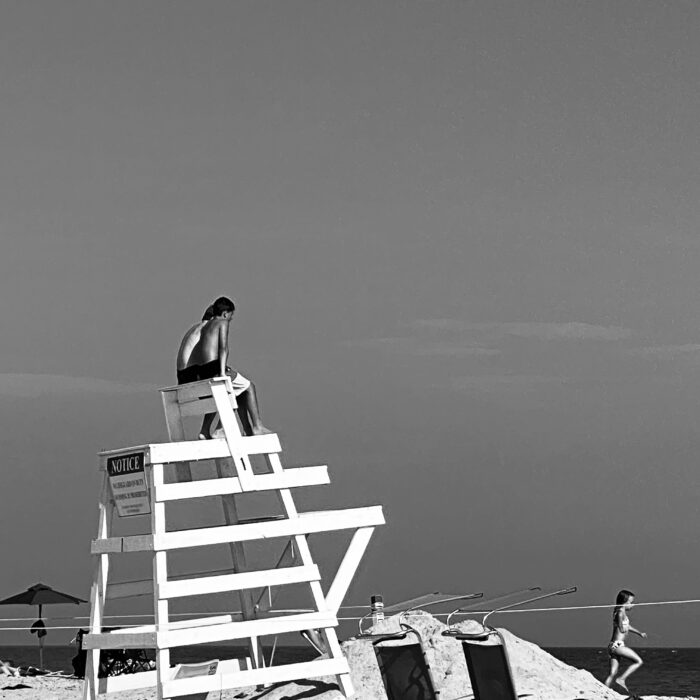You have no items in your cart. Want to get some nice things?
Go shoppingThe Black Path, if my memory serves me right, works like an inter-dimensional portal: it slips one from the so-called posh side of the estate to an altogether darker territory. By dark I of course mean unclear, undefined, drenched in rumour, obscured by myth. I once read that the kids of this strange world wander the streets like zombies, wearing puce tracksuits in winter and muddy trousers through summer – the syrup of boiled sweets painted thick on their faces, pale ribs gleaming in the sun. But this is not an accurate representation.
The estate, as a whole, is believed to have previously been the largest of its kind in Europe. Its population currently floats around the 12,000 mark and constitutes a quarter of that of the entire region in which it lies.
Prior to 1936, the land was pasture, but the threat of war brought ordnance factories and a labyrinthine system of eight tunnels used to store ammunition. A decade later, property developers stormed the terrain and a complex suburban wilderness was born. Residential zones sprung up like spewed lava, cooling to reform the landscape. With a little effort you can still locate the tunnels, overgrown and derelict – sacred to the kids who own the edgelands.
The path itself is of chipped and scuffed concrete, punctured with potholes that gather rain and scupper the front wheels of cheap bicycles. It snakes for at least 300 metres alongside a GP surgery, a Sunday league football pitch and one of four local primary schools. On Google Maps, the trail, which some might prefer to call a lane or alleyway, has been coloured a macabre grey and left anonymous. This lack of a label is indicative of a complex identity: a personality disorder of place.
Perhaps most evocative to the wanderer’s imagination are the long-limbed, skeletal trees and rustling hedgerows that line the trackside, casting a tattered shade across the length and breadth of the remote strip. These shadows flicker in sinister patterns, dancing to the ebbs and flows of the heavens above. From a farmer’s field, behind the shrubbery on the southern flank, cattle can be heard: cows grunting, calves chewing, the occasional trill of a horse uttered to disorientate the daring rambler. That mysterious scrap of farmland, I’ve been told, is to be converted into a rose bed of redbrick housing, designed with an end goal of pure symmetry.
My own relationship with the path is deeply rooted in the frenetic, even schizophrenic, adolescent years that pulled my early self into the pieces from which I have been rebuilt. Every evening after school, come rain or shine, I would leave my parents’ house on the edge of town and traverse the three or so miles to my comrades at Spar Park (a shoddy play park at the foot of a steep slope, next to the Spar that we’d pillage like starving pirates).
My journeys began with a gentle incline up a street of large brown properties, over a crossroads and along a channel of neat terraces fronted by meticulous gardens. I know this section of the route like the back of my hand – years of walking to school, to the corner shop, to friends’ houses, and so on, having etched a map of minute sensory detail into the frontal lobes of my brain.
For the first 300 yards, waste-high walls slide either side of the road and rise a foot or so at regular intervals to align with the lay of the pavement. A pedestrian can pluck a popped fuchsia from number 32 and roll it round in his or her palm, before tearing it against the coarse heat of flared vermillion brick. At about 600 to 650 yards, in autumn, rusted pinecones cover a sizeable plot of common lawn and get kicked under parked vans by kids and parents alike on the school run.
Next to the grass, a loose slab can be removed from the curb to reveal a pipe big enough for a litre bottle of vodka. I could go on indefinitely.
Beyond the main road to and from the town centre, I would enter what in the early days of my excursion was less familiar ground. Past a French-mustard pub, frequented by my older brothers, a thinner road breaks away; it surges up and over a railway track and through an industrial miasma drifting from the untold topography below. Trolls have been spotted beneath this bridge. At least once a week, there or thereabouts, a twenty-something male with Celtic tattoos crawling up his neck would skate by and salute me. “Mike boy,” he’d chirp, in a thick local accent. My name is not Mike. No more than 100 feet from the end of the overpass, the estate begins.
Here, I’d enter a residential maze – which has since recurred to me, mutated in dreams – and emerge minutes later at the Triangle, a suburban temple shimmering with the strangeness of its position in time and space. This L-shaped shopping complex is comprised of a pet store, a fish shop, a chemist, a small supermarket and gangs of ghoulish outlaws lurking round corners, conversing in hidden passageways. The commercial signage of this place has remained much the same since the late-1980s.
Finally, having circumnavigated the glass exterior of a big-body-fetish gym, topped with corrugated iron, I’d arrive at the Black Path, gaping like the liquorice-tongue of a crying raptor.
*
I first met Carl by a fire in the woods. He was stoned from sucking a lung; I was nervous, and despairing of the late hour. The flames rippled like a mirage in the gulping darkness, feeding from a stock of red plastic crates stolen from Co-op. Sandwiched between a broken shopping trolley and a senior bong smoker, spinning tales to the younger lads, we talked about school and Liverpool FC. His rodent features chewed hungrily on reams of dyslexic words, which tumbled unmediated into the atmosphere.
Over the next two years, we spent our evenings and weekends roaming the zones together, passing time and causing trouble. He became a good friend.
*
To the east of the Black Path, spread between the primary school and the Triangle, is a square half-mile of woodland – a slither of wild suburbia at its best, a warren for the young to explore and claim for themselves, which we did. There are many patches like this scattered across the estate.
In recent months, I’ve read online news stories of sophisticated drug dens fashioned from fallen branches. I was reminded of an afternoon break-in at the primary school, when we hid from a helicopter beneath the foliage of trees. We smoked and popped valium until dark. I’ve also read of barbed-wire traps laid for no discernable reason, but to wound indiscriminately. I thought of a feral ally of ours who had no family and spent weeks at a time sleeping in a tent.
Carl and I soon grew apart, with my parents taking measures to address my failures at school. At a private college in the city, I composed a poem about elm trees and violence on the Black Path. I wrote down some of the stories we’d been told and others we’d forged ourselves. I wrote about late-night bonfires, botched scramblers and insurance jobs; I wrote about fights, girls and police dogs.
Despite our different roads, we would still collide, occasionally, on syrupy dance floors. He was always glad to see me.
Four years ago, while I was enjoying a trip around South America with my girlfriend, Carl was involved in an altercation on the path. I know nothing of the details, despite firing a barrage of questions at old friends. I do know, however, that he fled the country, was tracked down and later jailed for murder, or perhaps manslaughter. He had written himself into a dark history – into the mythology of an obscure and powerful place; I’m not entirely sure he had a choice in the matter.
Last week, I re-walked that stretch of grey and black concrete – that electric ley line. I took photos and moved aside for joggers. I watched a familiar couple tend to a rosy child in a purple buggy. I said good morning to the postman. I sat down on the wet ground and let rain pitter-patter against my hood. I smoked a cigarette for the first time in years. I’m still there now, doing the same old things.





